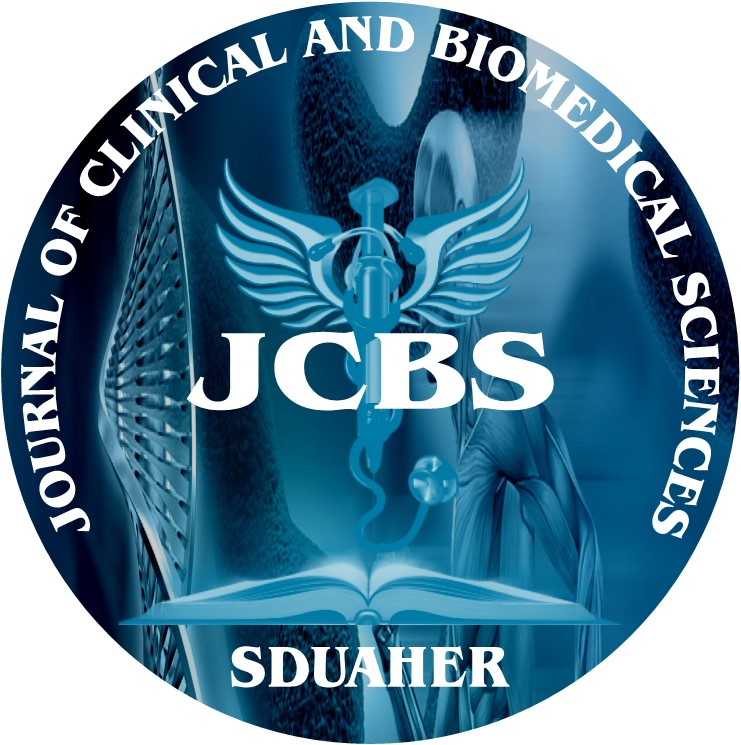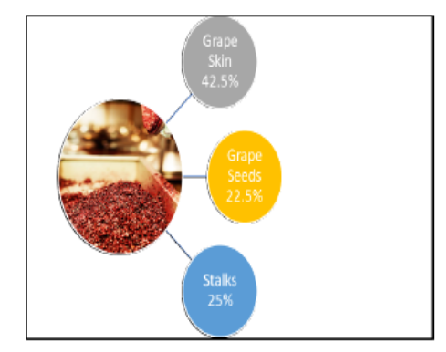


Journal of Clinical and Biomedical Sciences
DOI: 10.58739/jcbs/v15i2.24.80
Year: 2025, Volume: 15, Issue: 2, Pages: 69-77
Review Article
Vakhariya Rohan R1∗, Mohite Shrinivas K2, Narde Kiran J3
1Assistant Professor, Rajarambapu College of Pharmacy, Kasegaon, Maharashtra, India
2Principal, Rajarambapu College of Pharmacy, Kasegaon, Maharashtra, India
3Doctor, Kiran Hospital, Karad-Vijapur Road, Khanapur, Maharashtra, India
*Corresponding Author
email: [email protected]
Received Date:29 July 2024, Accepted Date:17 March 2025, Published Date:10 July 2025
Grape pomace, the residue from winemaking, has emerged as a promising source of phenolic compounds with diverse biological activities. This review explores the polyphenol composition of grape pomace and its potential health benefits. Grape pomace contains a variety of polyphenols, including flavonoids (such as anthocyanins, flavonols, and flavan-3-ols) and non-flavonoids (such as phenolic acids and stilbenes), which contribute to its antioxidant, anti-inflammatory, antimicrobial, cardioprotective, and anticancer properties. The extraction methods and analytical techniques used to quantify these polyphenols are discussed, highlighting the variability in polyphenol content based on grape variety, winemaking process, and extraction methods. Applications of grape pomace polyphenols in functional foods, nutraceuticals, cosmetics, and pharmaceuticals are reviewed, emphasizing their potential as sustainable ingredients. Moreover, the review addresses the challenges and prospects for utilizing grape pomace as a valuable source of bioactive compounds, promoting both environmental sustainability and economic viability in the wine industry.
Keywords: Phenolic compounds, Flavonoids, Polyphenols, Bioactive compounds
This is an open-access article distributed under the terms of the Creative Commons Attribution License, which permits unrestricted use, distribution, and reproduction in any medium, provided the original author and source are credited.
Published By Sri Devaraj Urs Academy of Higher Education, Kolar, Karnataka
Subscribe now for latest articles and news.